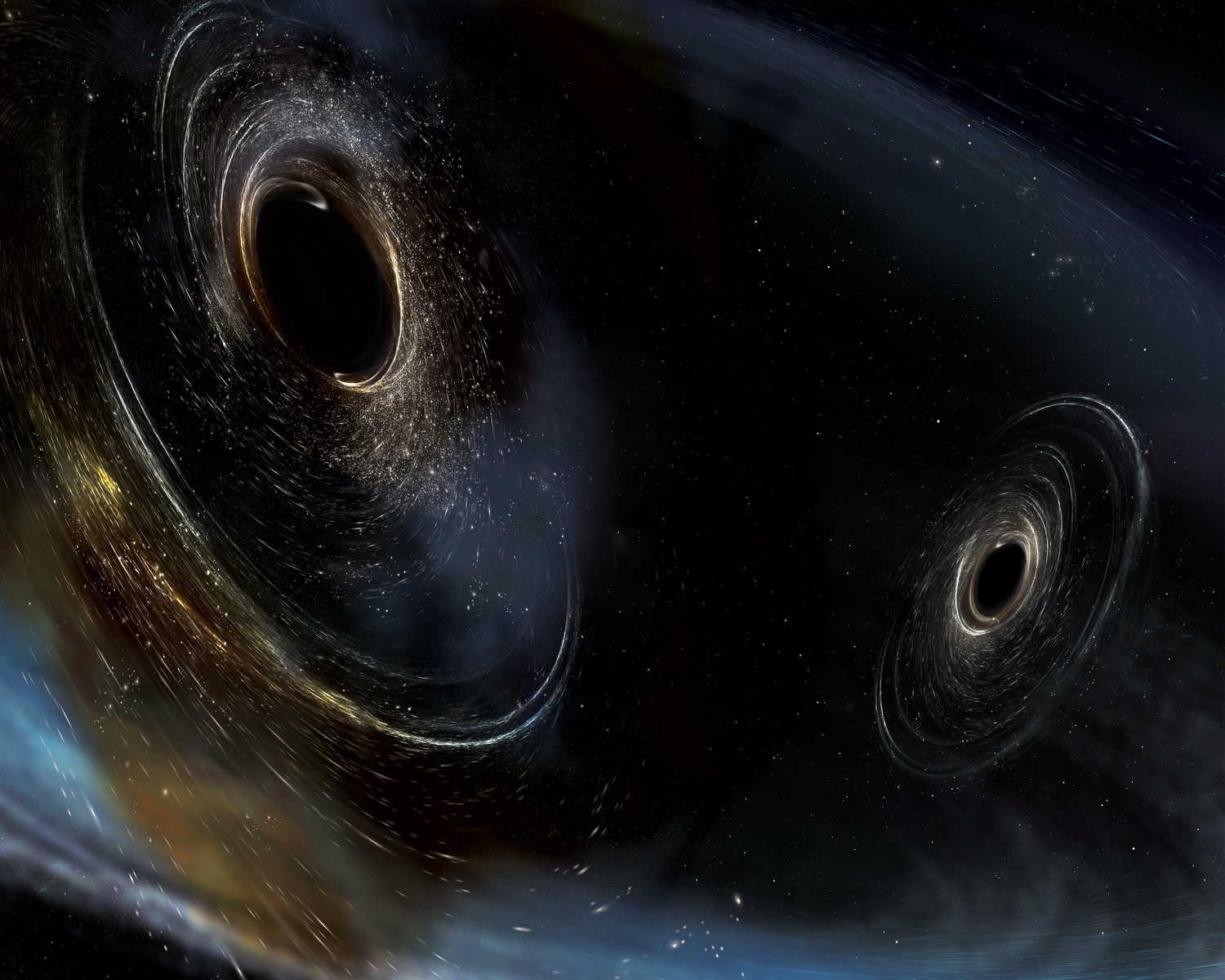More than a century after Albert Einstein proposed the presence of gravitational waves in his Theory of Relativity, we now have conclusive evidence of their existence. Recent research shows that the orbits of two merging black holes exhibit clear indications of relativistic precession.
Since the discovery of gravitational waves in 2015, this area of modern astrophysics has flourished, allowing experts to observe phenomena they were previously unable to detect.
The merger of two black holes is undoubtedly one of the most massive and violent events that can occur in the universe. The catastrophic dance of the two bodies as they draw closer to each other and ultimately merge releases so much energy that it causes the fabric of space-time to vibrate like a sheet.

Interferometers are detectors that allow us to observe these events from Earth and determine their origin and what event gave rise to the gravitational waves. The GW200129 signal, which was discovered in 2020, is the result of the deadly gravitational dance between two enormous black holes.
A team of scientists from Cardiff University has observed a bizarre twisting motion in the orbits of two colliding black holes – a phenomenon predicted by Einstein. Their research, published in Nature, found that these black holes rotated prior to merging, exhibiting relativistic precession, which is the tendency for an orbit to be disrupted and cyclically altered. An example of this is a top, which starts rotating on its vertical axis before twisting and starting to spin. This occurs in all systems where the gravitational pull of one body influences the other, but it usually has little impact.

The rapid precession of the system detected in GW200129, which is 10 billion times faster than the fastest precession previously recorded, makes this detection unique.
This discovery not only provides further evidence in favor of Relativity, one of the most complete physical theories with the greatest predictive power, but also highlights the gravitational wave field’s ability to detect increasingly weaker phenomena at energy levels. The refinement of data analysis techniques and collaborations between the LIGO, Virgo, and KAGRA interferometers are enabling more precise measurements to be obtained.

What’s next?
The network of interferometers, including LIGO in the United States, Virgo in Europe, and KAGRA in Japan, is currently undergoing maintenance on the delicate design of the experiment and is out of service. They plan to resume collecting data in 2023, enabling them to track new events of this type and potentially discover many other unknown phenomena.

According to co-author Charlie Hoy, “most black holes we’ve found with gravitational waves have been spinning fairly slowly. The larger black hole in this binary, which was about 40 times more massive than the Sun, was spinning almost as fast as physically possible. Our current models of how binaries form suggest that this one was extremely rare, maybe a one in a thousand event. Or it could be a sign that our models need to change.”
The researchers aim to continue detecting phenomena of this type. The first detection of something often gives us the impression that what we have found is unique, but it is usually just one among hundreds of thousands of others. Nonetheless, refining our measurements and instruments can provide valuable insights and expand our understanding of the universe.
Soucre; news.sci-nature.coм








